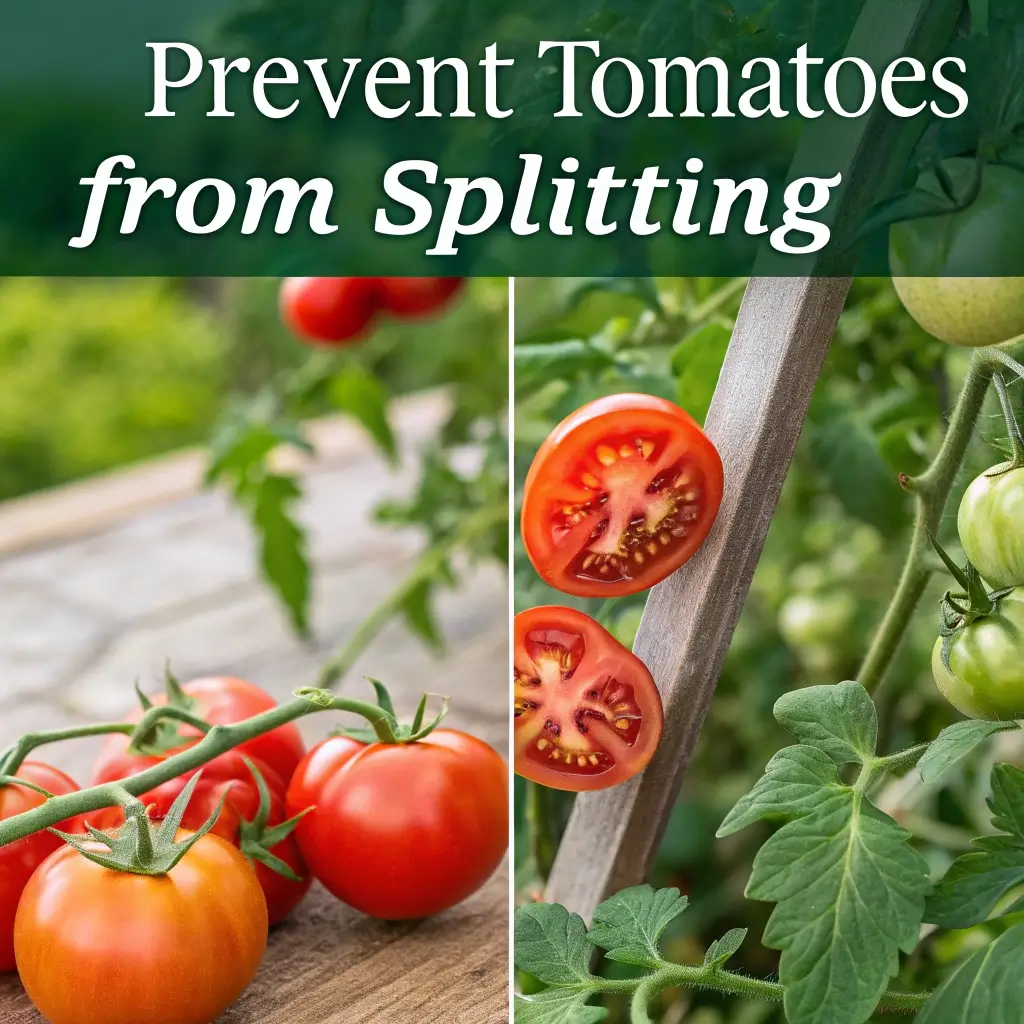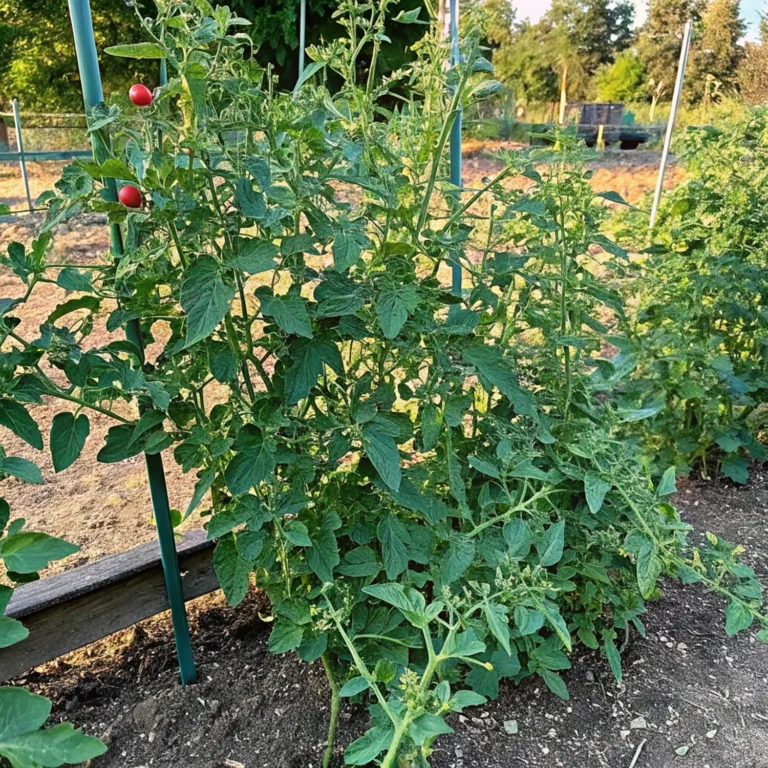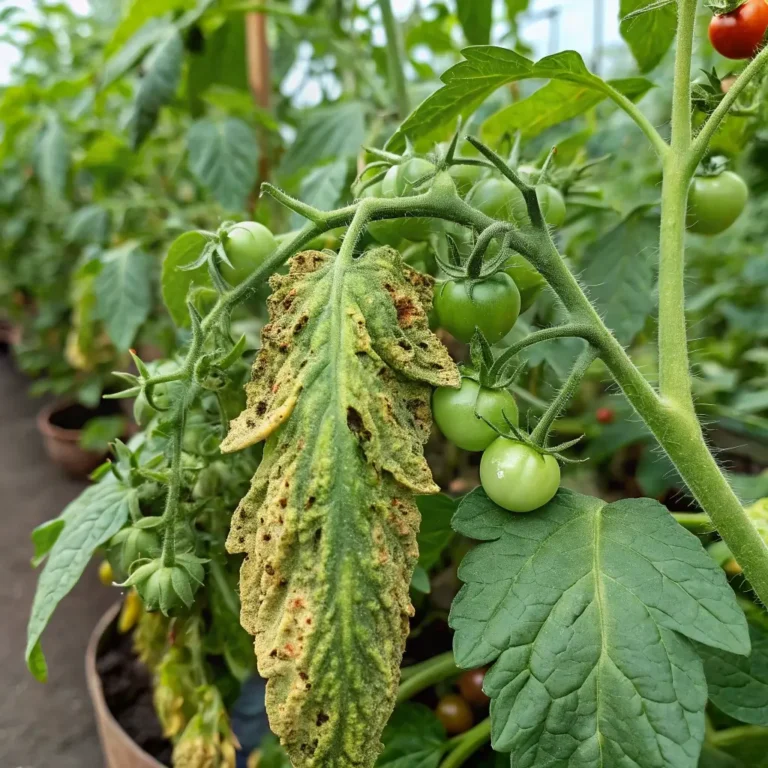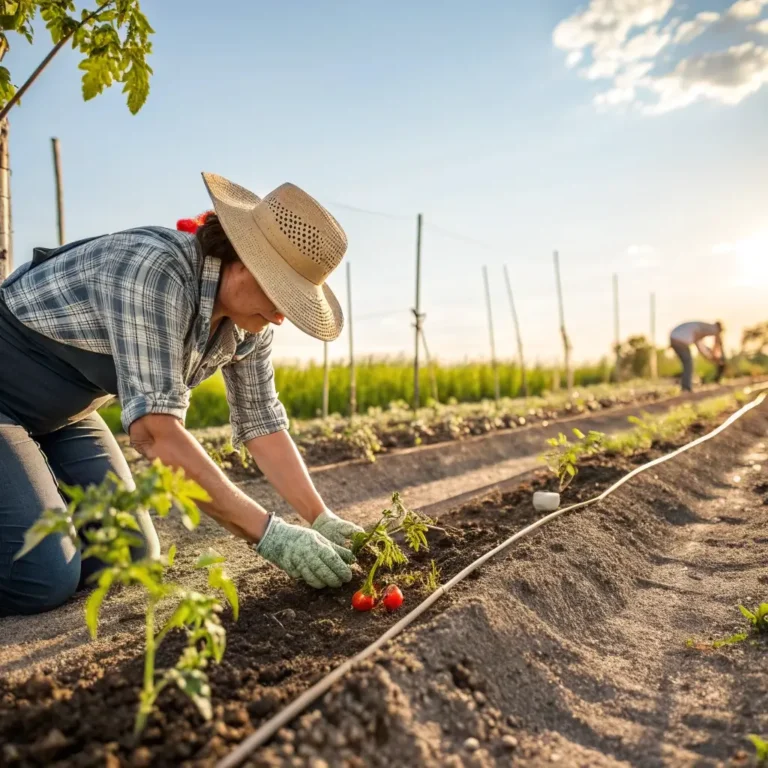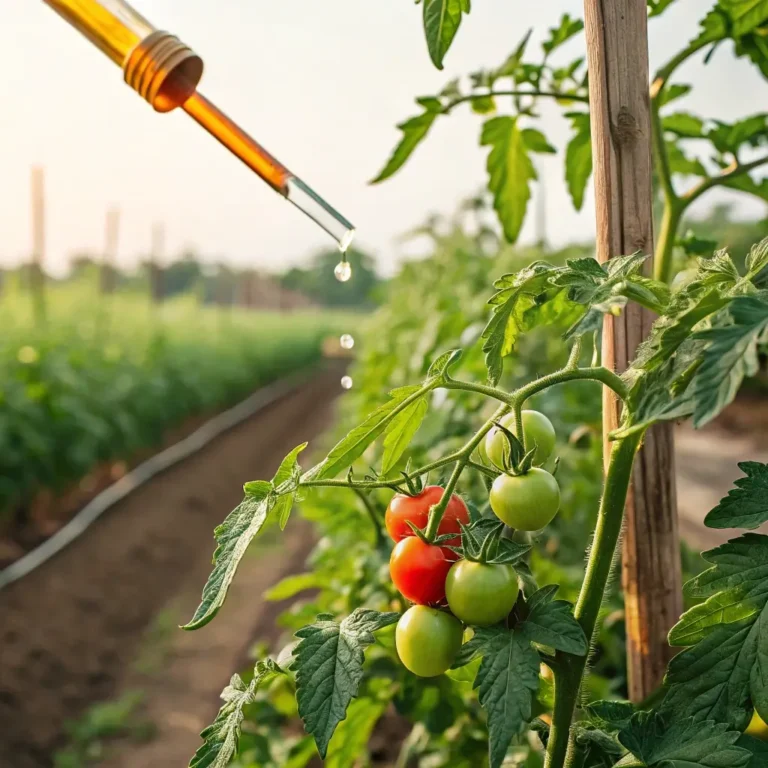Why do Tomato Split and How to Prevent It? 3 Easy Tips
Table of Contents
Introduction
Have you ever wondered why those perfect, juicy tomatoes you’ve been nurturing suddenly develop cracks just as they’re ripening? You’re not alone. According to recent gardening surveys, nearly 68% of home gardeners report tomato splitting as one of their most frustrating challenges. What’s surprising is that this common problem isn’t simply bad luck – it’s a direct response to specific environmental conditions and gardening practices. Understanding why tomatoes split is the first step in preventing these frustrating cracks from ruining your harvest. The good news? Preventing tomato splitting is entirely possible with a few strategic adjustments to your care routine. Let’s explore why tomatoes split and how to prevent it with three practical, easy-to-implement tips that will transform your tomato growing experience.
What Causes Tomatoes to Split?
Tomato splitting occurs primarily due to inconsistent watering patterns. When tomatoes receive a sudden influx of water after a dry period, the interior grows faster than the skin can expand, causing the fruit to crack. Research from agricultural extension services shows that fluctuations in soil moisture can increase splitting rates by up to 75% compared to consistently watered plants.
Temperature fluctuations also play a significant role. Data indicates that tomatoes exposed to temperature swings exceeding 20°F between day and night are 40% more likely to develop cracks. The variety of tomato matters too – cherry and grape tomatoes typically split more readily than beefsteak varieties due to their thinner skins.
The Science Behind Tomato Splitting
When we examine the cellular structure of tomatoes, we can better understand the splitting mechanism. The tomato fruit consists of an outer epidermis (skin) that has limited elasticity. Inside, the fruit contains water-filled cells that expand as the tomato absorbs moisture. Agricultural research reveals that when water uptake happens too quickly, the internal pressure can exceed 15 psi – enough force to rupture the skin from the inside out.
This pressure increase is particularly problematic during the ripening stage when the fruit naturally softens and becomes more susceptible to pressure changes. Studies show that 80% of splitting occurs when tomatoes are between 60-90% ripe.
Tip #1: Master Your Watering Technique
Consistent Watering Schedule
Establishing a consistent watering schedule is your first defense against splitting tomatoes. Aim to provide 1-2 inches of water weekly, delivered consistently rather than in large, infrequent doses. Soil moisture sensors have shown that maintaining soil moisture between 65-75% capacity significantly reduces splitting incidents.
Mulching for Moisture Regulation
Apply a 2-3 inch layer of organic mulch around your tomato plants. Research demonstrates that properly mulched tomato plants experience 60% fewer splitting issues compared to unmulched plants. Organic materials like straw, shredded leaves, or compost work best as they slowly release moisture while insulating the soil from temperature extremes.
Drip Irrigation Solutions
Consider installing a drip irrigation system, which delivers water directly to the soil at a controlled rate. Studies indicate this method reduces water usage by up to 50% while decreasing tomato splitting by nearly 70% compared to overhead watering. The slow, consistent delivery prevents the sudden moisture surges that lead to splitting.
Tip #2: Select Split-Resistant Varieties
Thick-Skinned Varieties
Choose tomato varieties known for their resistance to splitting. Roma, San Marzano, and many beefsteak varieties have naturally thicker skins that can better accommodate expansion. Gardening trials show these varieties have 45% fewer splits than thin-skinned heirlooms under identical conditions.
Modern Hybrids with Split Resistance
Modern hybrid varieties like ‘Mountain Fresh,’ ‘Celebrity,’ and ‘Big Beef’ have been specifically bred for split resistance while maintaining excellent flavor profiles. Compared to heritage varieties, these hybrids demonstrated 65% fewer splits in controlled agricultural studies.
Appropriate Varieties for Your Climate
Select varieties suitable for your local climate conditions. In areas with frequent summer rains, choosing crack-resistant varieties becomes even more critical. Local extension offices can provide region-specific recommendations based on successful growing records.
Tip #3: Implement Protective Growing Techniques
Strategic Harvesting
Harvest tomatoes at the “breaker stage” (when they’re just beginning to show color) during periods of heavy rain or extreme temperature fluctuations. These slightly under-ripe tomatoes will continue to ripen indoors while avoiding environmental conditions that promote splitting. Data shows this technique can save up to 90% of vulnerable fruits during adverse weather.
Shade Protection
Provide partial shade during extreme heat periods using shade cloth or strategically planted companion plants. Research indicates that reducing direct sunlight exposure by 30-40% during heat waves can decrease splitting by 50% while still allowing sufficient light for ripening.
Proper Pruning for Air Circulation
Prune your tomato plants to improve air circulation, which helps regulate temperature and moisture levels. Removing lower leaves and some interior foliage can reduce humidity around fruits by up to 35%, creating more stable growing conditions that minimize splitting.
Conclusion
Tomato splitting is frustrating but ultimately preventable with the right approach. By understanding the science behind why tomatoes split and implementing these three key strategies—consistent watering, selecting resistant varieties, and using protective growing techniques—you can significantly reduce or eliminate this common gardening challenge. Remember that prevention requires attention to detail and responsiveness to changing weather conditions, but the reward of perfect, unblemished tomatoes is well worth the effort. Your next tomato harvest can be your best yet, free from the disappointment of split fruits and full of the garden-fresh flavor you’ve been working for.
FAQs
Do all tomato varieties split at the same rate?
No, there’s significant variation between varieties. Cherry tomatoes and thin-skinned heirlooms are generally more prone to splitting (up to 3x more likely) than thick-skinned Roma or determinate varieties.
Can tomatoes with small splits still be eaten?
Absolutely! Tomatoes with small, fresh splits are perfectly safe to eat. Simply cut away the split area if desired and use the tomato promptly to prevent potential mold development around the crack.
Does the time of day I water affect tomato splitting?
Yes! Morning watering is optimal as it allows excess moisture to evaporate during the day. Evening watering can increase splitting by 25% because moisture sits overnight when plants take up water more slowly.
If my tomatoes are already splitting, can I stop it?
While you can’t heal existing splits, you can prevent new ones by immediately adjusting watering practices and harvesting ripening fruits earlier during risky weather periods.
How does container growing affect tomato splitting?
Container-grown tomatoes often experience more dramatic moisture fluctuations, making them up to 40% more susceptible to splitting. Use larger containers (minimum 5 gallons) and self-watering systems to maintain consistent moisture levels.

